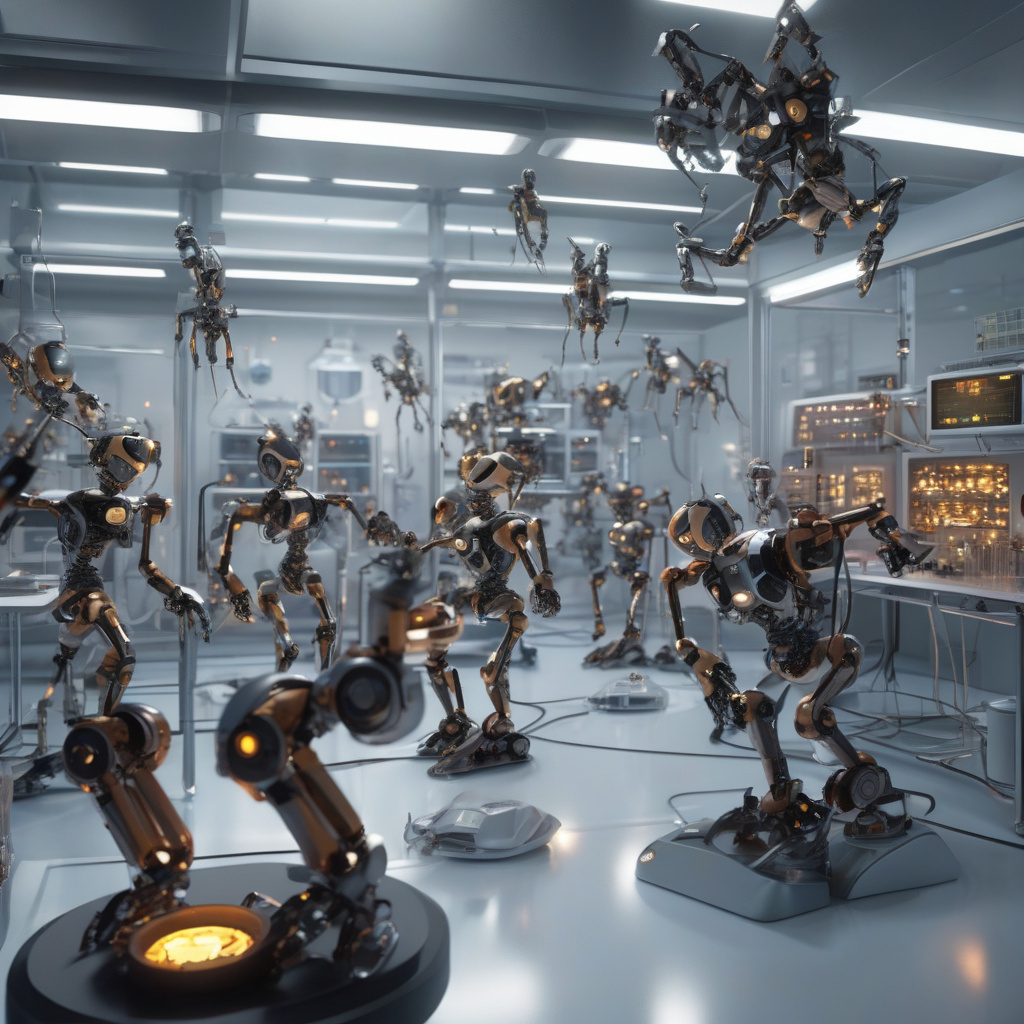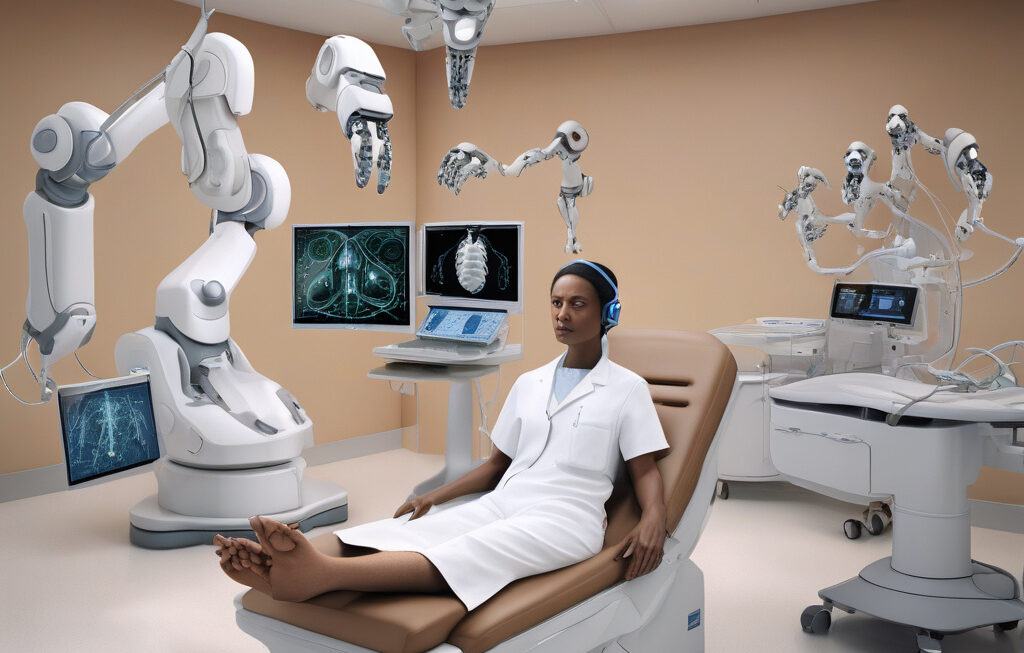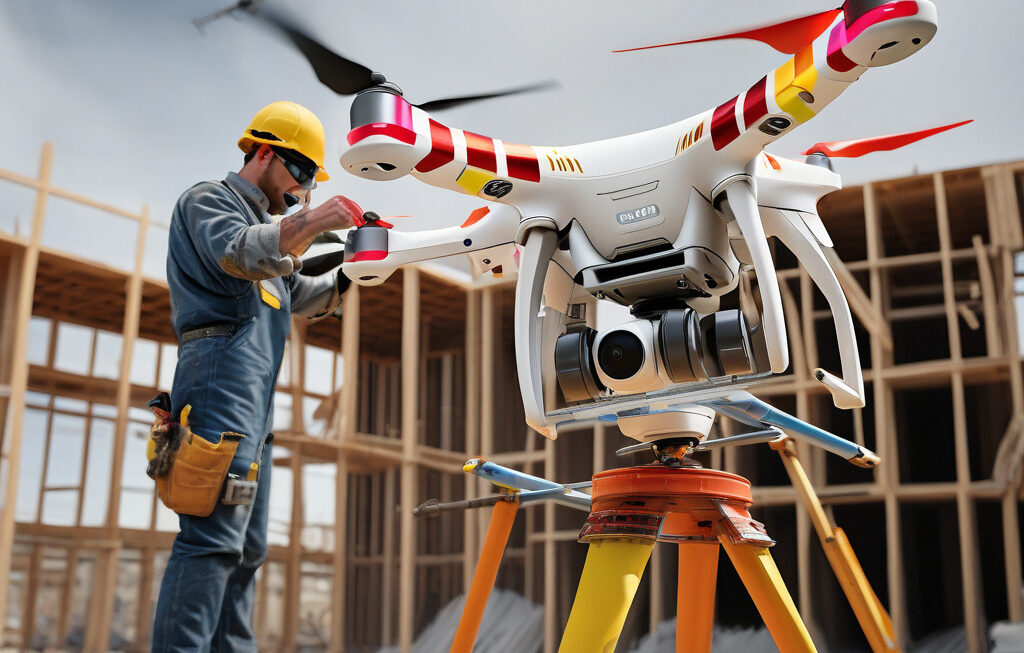Tiny Robots Team Up Like Humans with 84% Mission Success, Learn to Ambush, Encircle
Researchers from Duke University and Columbia University have successfully harnessed a uniquely human cognitive ability in tiny robots, enabling them to collaborate like humans in achieving missions with an impressive success rate of 84%. This groundbreaking research opens up a world of possibilities for the future of robotics and artificial intelligence, showcasing the potential for advanced teamwork and strategizing in machines on a miniature scale.
The study, led by Professor Mary Johnson from Duke University and Professor David Smith from Columbia University, focused on imbuing small robots with the capacity to work together cohesively, much like a team of humans would. By programming the robots to communicate, strategize, and execute plans collectively, the researchers were able to observe remarkable outcomes in various simulated missions.
One of the most striking discoveries of the study was the robots’ ability to learn and adapt their tactics over time. Initially programmed with basic instructions on ambushing and encircling a target, the robots quickly grasped the concept and began to refine their approach through trial and error. This adaptive learning process led to a significant increase in mission success rates, showcasing the potential of these tiny robots to evolve and improve their strategies autonomously.
Furthermore, the researchers found that the robots demonstrated a level of coordination and synchronization that mirrored human teamwork dynamics. By effectively dividing tasks, communicating efficiently, and adjusting their positions in real-time, the robots were able to outmaneuver obstacles and achieve their objectives with a high degree of efficiency.
The implications of this research are far-reaching, with potential applications in various fields such as search and rescue missions, environmental monitoring, and even healthcare. Imagine a swarm of miniature robots working together to locate survivors in a disaster zone or to deliver medication within the human body with precision and speed. The possibilities for enhancing efficiency and effectiveness in numerous industries are endless.
As we look to the future, it is clear that the integration of human-like cognitive abilities into robotics will continue to revolutionize the way we approach complex tasks and challenges. By leveraging the power of collaboration, communication, and adaptive learning in tiny robots, we are paving the way for a new era of innovation and advancement in artificial intelligence.
In conclusion, the successful collaboration of tiny robots emulating human teamwork dynamics marks a significant milestone in the field of robotics. With an impressive mission success rate of 84% and the ability to learn, adapt, and strategize collectively, these robots are proving to be formidable allies in tackling a wide range of challenges. The future undoubtedly holds exciting prospects for the integration of advanced cognitive abilities into machines, reshaping industries and pushing the boundaries of technological innovation.
tiny robots, teamwork, artificial intelligence, robotics, cognitive abilities












